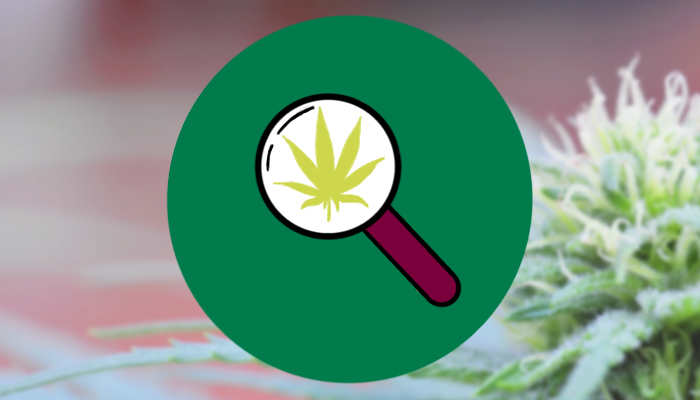Does legalizing medical cannabis change recreational cannabis use and the prevelance of cannabis use disorders?

Why was this study conducted? What does this study add? Is there anything else I should know?
Hasin DS, Sarvet AL, Cerda M, Keyes KM, Stohl M, Galea S, Wall MW. US adult illicit cannabis use, cannabis use disorder, and medical marijuana laws 1991-92 to 2012-2013. JAMA Psychiatry 2017; 174(6): 579-588. Abstract
Why was this study conducted?
Public opinion polls suggest many people support legalizing cannabis but little is known about the public health effect that could result. Data on the prevalence of illicit cannabis use and cannabis use disorders were derived from three American cross-sectional adult health and substance abuse surveys: one in 1991/92 (when no states had legalized medical cannabis), another in 2001/02 (when 18.9% of American lived in states permitting medical cannabis) and the third in 2012/13 (when 34.3% of Americans lived in states allowing medical cannabis). States were categorized as “early adopters” if medical cannabis legislation was enacted between 1991/92 and 2001/02 and “late adopters” if it occurred between 2001/02 and 2012/13. Results for the two “bellwether” states of California and Colorado were analyzed individually.
Between 1991/92 and 2001/02, the raw proportions who reported past-year cannabis use decreased significantly in all states, including California, and there were no significant changes in the report of cannabis use disorders. Between 2001/02 and 2012/13, there were increases in the prevalence of cannabis use and use disorders in all states, including those that never allowed medical cannabis.
Results were different when the data were analyzed using the “difference-in-difference” (DiD) statistic. Compared to states without medical cannabis legislation, the DiD statistic found cannabis use and use disorders increased significantly between 1991/92 and 2001/02 in the early-adopting states if California was excluded (but not in California itself). In contrast, between 2001/02 and 2012/13,the DiD statistic found that, compared to the states without medical cannabis legislation, cannabis use increased significantly in nine late-adopting states, California and Colorado, but not in the early-adopting states. For cannabis use disorders, the DiD statistic found a significant increase between 2001/02 and 2012/13 only in Colorado.
What does this study add?
The authors conclude the legalization of medical cannabis contributes to increases in the number of adults reporting recreational (illicit) cannabis use and cannabis disorders. They state that when making policies, decision-makers need to balance the benefits of medical cannabis laws for patients against the adverse public health consequences at the population level. However, the analyses and results are complex and there are still unanswered questions about the impact of such legislation. For example, the study cannot tell us why between 2001/02 and 2012/13, cannabis used increased significantly in late-adopting but not early-adopting states and there was a significant increase in use disorders in only Colorado. Most research is needed on the effect of medical cannabis legislation.
Is there anything else I should know?
The main source of data was large, nationally-representative cross-sectional surveys that capture “snapshots” at specific points in time. The “difference-in-differences” statistic that was used is a technique for mimicking an experimental research design when you have observational data. In this case, states without medical cannabis legislation were used as a “control group” and change between two time points was compared to the “experimental” groups while standardizing for individual- and state-level factors.
Archive